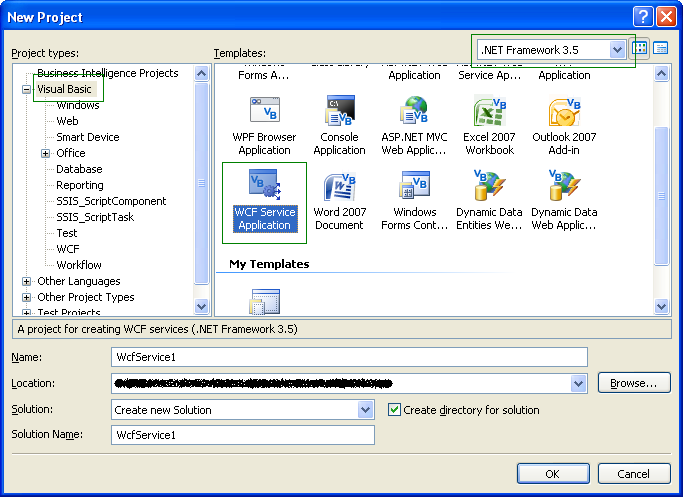Introduction
Hi All this is my first blog on Tricky Coders. In my last project which is in asp.net and I have used Nhibernate as the ORM which is very stable and also an open source project like DotNetNuke. So I decided to used it with DNN.
Prerequisites
Please download latest verion of NHibernate.- Nhibernate.dll -This contains the NHibernate framework
- Iesi.Collections.dll -Iesi.Collections.dllContains the definition of some special collections used by NHibernate
- Castle.Core.dll-Base library is needed by Castle.DynamicProxy2.dll
- Castle.DynamicProxy2.dll - This contains code to generate proxies and is used by NHibernate to make e.g. lazy load possible
- We need to make some modifications in the web.config to support the Nhibernate.
Getting Started with Module Development
To create my module in DotNetNuke using Nhibernate i have used 2 projects
- DataAccessLayer- This class library project serves the purpose to connect with database by creating the object of Session Factory.
- Mapping Classes- This Class Library project serves the purpose of Defining the Entites and their mapping xml files.
- My Actual module which refer the above Projects to talk with data base.
Download
Please let me know about your views and suggestions to improve the code.
Hope this will help.
